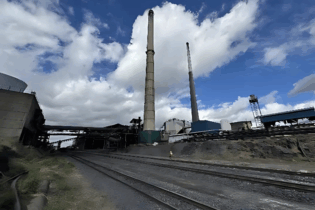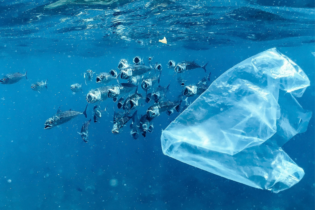
Beautiful, historic Wellington is engaging in several studies to ensure its Waste-2-Energy drive maintains the environment while managing waste responsibly
The proposed project will seek to address current local waste needs by implementing technology that has been proven to be successful in many parts of the world. “The technology that is proposed for the project is aimed at reducing waste volumes by up to 90% while efficiently destroying potentially harmful compounds. “There would be a considerable reduction in carbon dioxide and methane emissions coming from the Wellington landfill site,” says Jacques Carstens, acting municipal manager at Drakenstein Municipality.
Waste-to-Energy
Historical accounts of municipal solid waste incineration have been associated with emissions that are harmful upon exposure, however, Waste-to-Energy technology has evolved over several decades to mitigate this risk as well as to produce renewable power. Waste-to-Energy plants have seen an increase in popularity in many parts of the globe as the preferred option to manage municipal waste and reduce emissions. The Waste-to-Energy component forms part of the Drakenstein Municipal integrated approach to the future management of the municipal general domestic waste stream. “The development process will serve as a blueprint for future integrated Waste-to-Energy projects in Southern Africa and aims to solve a national waste management problem in alleviating the burden on ever depleting landfill airspace. The stack emissions will be continuously monitored to ensure compliance with local and international standards,” says Werner van Wyk of MBHE African Power and one of the specialists working on the technical side of the proposed Project.
As the need for this Project has been identified so has the need for community acceptance. The EIA process is being facilitated by an independent environmental consultancy firm, Resource Management Services (RMS) to ensure that all community concerns are addressed, specifically regarding health and environmental issues and concerns.
Consultation process
On 10 November 2016 an authorities meeting which formed part of the EIA consultation process was held to discuss the outcomes of the various specialist studies completed as part of the Impact Assessment phase of the EIA process. The meeting was attended by all the specialists responsible for completing the various assessments. The independent specialist studies included comprehensive assessments of the potential impacts on:
- Freshwater,
- Groundwater,
- Noise, Visual,
- Botanical,
- Major Hazardous Installation Risk Assessment,
- Health,
- Traffic,
- Engineering Services,
- Socio- Economic aspects, and
- Air Quality.
“No potential impact of the proposed facility had been left un-investigated. Each of these specialist studies took into account the proximity of sensitive receptors (humans, animals and vegetation) for all three site alternatives. The findings of each study have considered a preferred site based on the environmental conditions that are in favour for the development at each site alternative,” says Carstens.
Air quality and health
As the Direct Combustion (incineration) stage of the Waste-to Energy facility presents the greatest concern in terms of Health, the Air Quality Assessment conducted by DDA Environmental Engineers looked at the dispersion and the type of emissions. The Health Impact Assessment conducted by WSP Environmental also evaluated potential health risks associated with proposed Project. Both studies concluded that risk levels were well within international guidelines. What the Air Quality Impact Assessment also confirmed is that the facility will have no significant contribution to existing air pollutants and there are no exceedances in accordance to the National Ambient Air Standards. This is a result of the facility making use of developed technology to capture, treat and filter out emissions that contain potentially harmful compounds. About 99.5% of fly ash (small dark flakes produced from the direct combustion plant) will be removed by the flue gas cleaning system. The bottom ash will be adequately contained and transported to a suitably licensed landfill. Other uses for the bottom ash are a real possibility and will stimulate downstream economic activities.
Confidence has been instilled after the Groundwater Impact Assessment conducted by SRK Consulting and the Freshwater Assessment by BlueScience have shown that surrounding water features (groundwater and surface water) will not be impacted by the development. Measures will be put in place such as suitably engineered operational areas with effective stormwater management facilities and the required buffer zones from the ecological corridor.
Each one of these specialist studies contributes to an EIA process that is transparent and can be viewed online at
www.rmsenviro.co.za. “We aim to address all community concerns regarding the proposed Project.” concludes Carstens.
For more information about the Drakenstein Waste Recovery, Beneficiation and Energy project please visit their
website.








